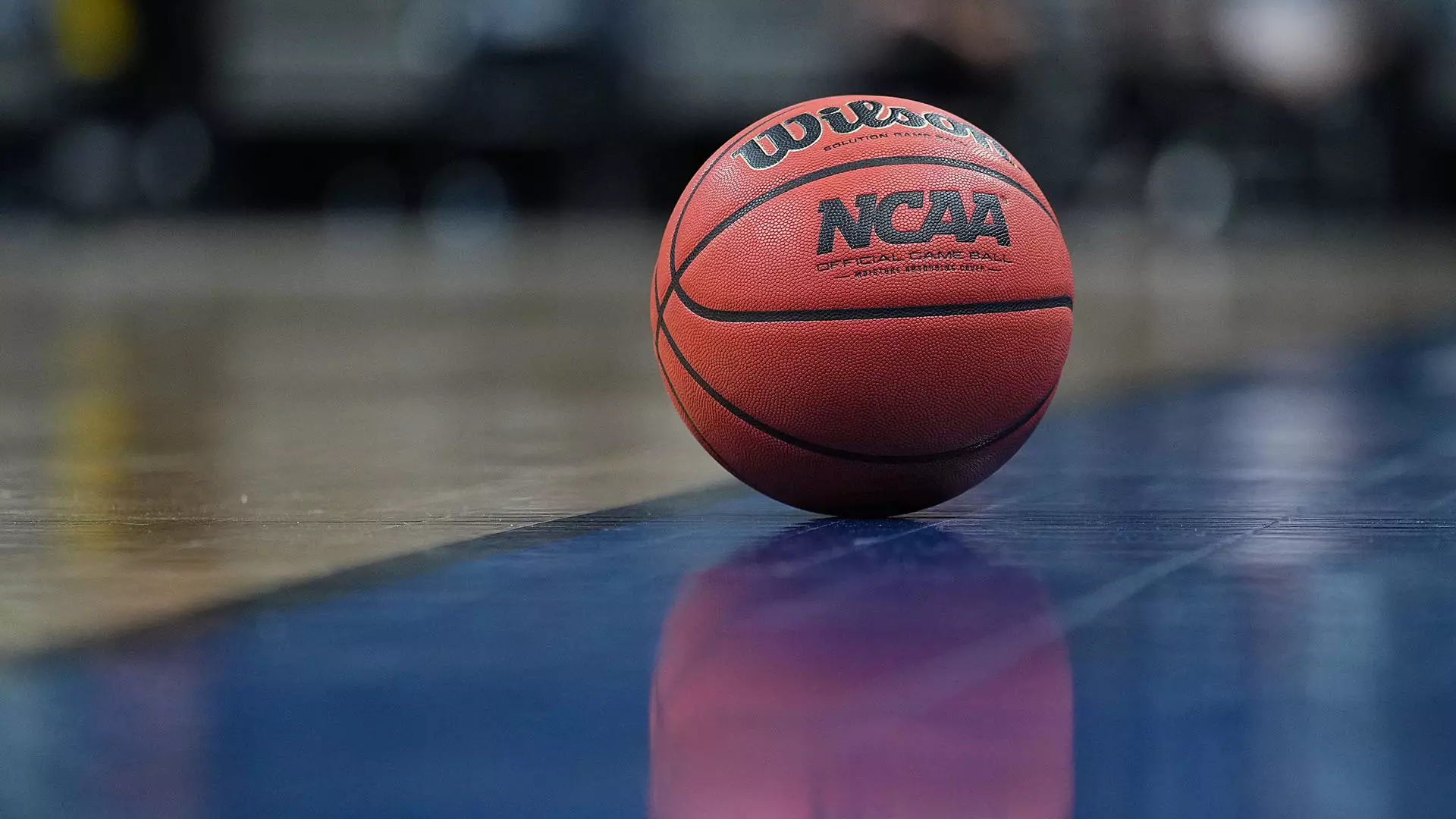Newly released NCAA Academic Progress Rate (APR) data reveals that while HBCUs have made significant long-term gains in academic performance, a disproportionate number of their programs still fall below the APR benchmark of 930—and several are facing penalties from the 2023-2024 cycle.
NCAA report over time
Over the past 15 years, HBCU programs have seen steady improvement in APR performance. In 2009-10, the average APR for HBCU teams was 911. That number has steadily risen to 967 in 2023-24, showing real progress in both academic support and student-athlete retention.
By comparison, non-HBCU Division I programs have consistently averaged around 980 or higher in APR, eligibility, and retention scores. Despite that gap, the upward trajectory for HBCUs signals increased institutional focus on compliance and student success.
Still, disparities remain. According to the NCAA’s own summary:
- 24 of 49 teams that fell below the 930 APR benchmark were HBCUs—49% of the total, even though HBCUs only represent 5% of Division I teams.
- 67% of Level Two penalties were applied to HBCUs.
- 43% of Level One penalties were assessed to HBCUs. This suggests a concentration of infractions among limited-resource institutions—especially HBCUs—even as most continue to improve their metrics.
Three football teams from the SWAC received Level One penalties that included practice time reductions and postseason bans:
- Florida A&M University (APR: 911) (practice time reduction)
- Mississippi Valley State University (APR: 904) (practice time reduction + postseason ban)
- University of Arkansas-Pine Bluff (APR: 914) (practice time reduction + postseason ban)
In contrast, no MEAC football team received an APR-related penalty in 2023-24. Most MEAC programs posted scores above the 930 threshold, including strong performances from North Carolina Central (958), Howard (957), and Delaware State (947).
- Grambling State University – 954
- Prairie View A&M University – 951
- Alcorn State University – 948
- Alabama State University – 941
- Texas Southern University – 943
These scores reflect solid academic standing and investment in student support services, even within a challenging funding landscape.
HBCU Men’s Basketball Teams Facing APR Penalties (2023-24)
In men’s basketball, both the SWAC and MEAC saw programs fall below the 930 APR benchmark with serious consequences:
- Coppin State University (APR: 888) – Level One Penalty + Postseason Ineligibility
- Delaware State University (APR: 915) – Level One Penalty
- Howard University (APR: 902) – Level One Penalty
In the SWAC:
- Mississippi Valley State (APR: 874) posted the lowest score and avoided formal penalties despite a troubling trend.
- Several other teams hovered near the threshold, including Jackson State (937) and Florida A&M (913).
Top 5 APR Scores in HBCU Men’s Basketball (2023-24)
- Texas Southern University – 977
- Southern University – 966
- Prairie View A&M University – 966
- North Carolina Central University – 954
- Morgan State University – 947
These programs represent the academic gold standard among HBCU basketball teams, balancing athletic competitiveness with strong classroom outcomes.
NCAA Conclusion
While the road ahead remains steep for many HBCUs, the data shows steady improvement across the board in APR performance. However, systemic funding disparities and punitive enforcement policies continue to place HBCUs at higher risk for penalties. Continued investment, policy reform, and targeted academic support will be critical to closing the APR gap while sustaining student-athlete success.

